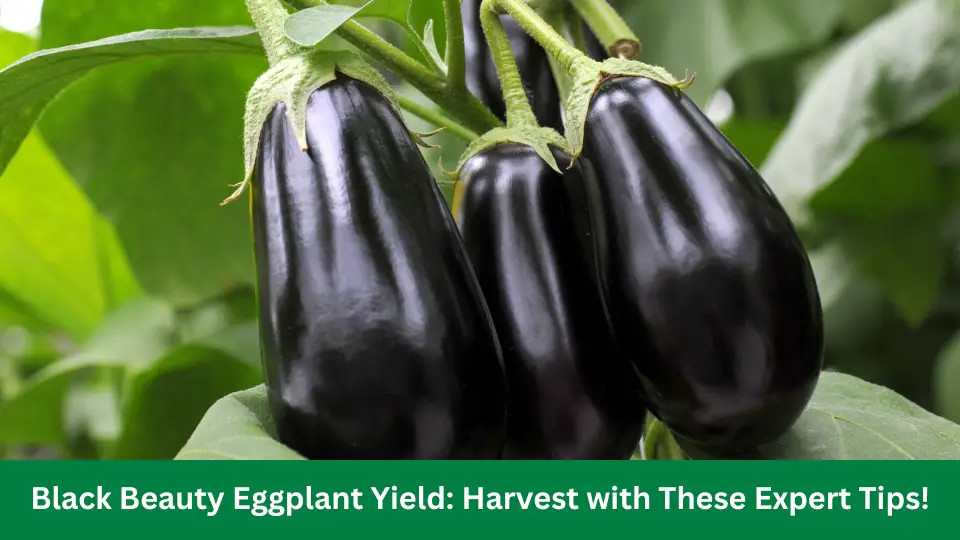Black Beauty eggplant is a prolific crop with high yields, making it a popular choice among growers. This variety can produce significant fruit per plant with proper care and management.
Black Beauty eggplant, scientifically known as Solanum melongena, is a widely cultivated variety renowned for its bountiful harvests. This heat-loving vegetable thrives in warm climates and boasts impressive yield potential. Whether you are a professional farmer or an avid gardener, Black Beauty eggplants can be a worthy addition to your cultivation repertoire.
We will delve into the factors that impact Black Beauty eggplant yield and share valuable insights to help you optimize your harvests. You can expect a bumper crop of these delectable fruits by understanding ideal growing conditions, proper planting techniques, and effective management practices. So, let’s explore Black Beauty eggplant yields and discover how to achieve impressive results in your garden or field.
Preparing Your Garden For Black Beauty Eggplant
Before planting black beauty eggplants in your garden, prepare the space appropriately. You can ensure a bountiful yield of these delicious and nutritious vegetables by choosing the right location, preparing the soil, providing adequate sunlight, and optimizing soil drainage.
Choosing The Right Location
Select the right location in your garden to give your black beauty eggplants the best chance of thriving. Choosing a spot that receives full sun for at least six to eight hours a day is recommended.
Eggplants are sun-loving and need ample sunlight to grow and produce a good harvest. Consider the layout of your garden and choose a spot where trees, buildings, or other structures won’t shade.
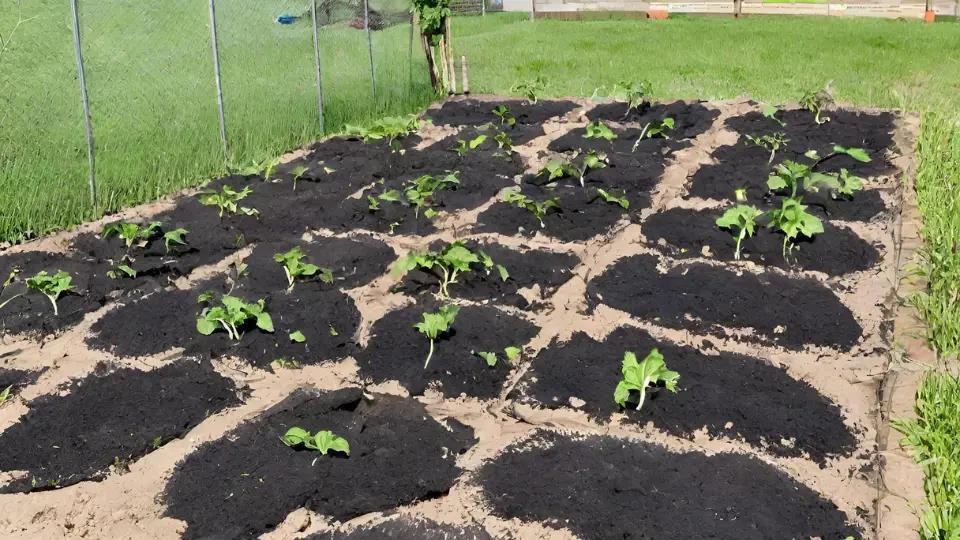
Preparing The Soil
Black beauty eggplants prefer well-drained soil rich in organic matter. Start by loosening the soil with a garden fork or tiller, removing weeds or grass that may compete with the plants for nutrients.
Organic matter such as compost or well-rotted manure should be added to the soil to improve its fertility and texture. Aim for a pH level of around 6.0 to 6.8, slightly acidic to neutral, for optimal growth. A balanced organic fertilizer can also provide the necessary nutrients for eggplant growth.
Providing Adequate Sunlight
Ensure that the location you’ve chosen for your black beauty eggplants receives enough sunlight. Adequate sunlight is crucial for these plants to grow and produce high yields.
If your garden has shaded areas for part of the day, avoid planting eggplants there, as this can lead to stunted growth and reduced harvest. Giving your eggplants access to full sun will encourage vigorous growth and healthy fruit development.
Optimizing Soil Drainage
Good soil drainage is essential for black beauty eggplants to thrive. Excessive water can rot the roots and cause plants to wilt or die. To optimize soil drainage, ensure the garden bed is well-drained, or consider creating raised beds for your eggplants. Added organic matter to the soil, such as perlite or sand, can also improve drainage.
If your soil is heavy and tends to retain water, you may need to amend it with materials that will enhance drainage and prevent waterlogged conditions.
Planting Black Beauty Eggplant
Planting Black Beauty Eggplant is a rewarding experience that allows you to enjoy this flavorful vegetable straight from your own garden. With proper care and attention, these plants can produce abundant yields. This section will discuss the essential steps to ensure successful planting and growth of Black Beauty Eggplant.
Selecting Healthy Seedlings
Choosing healthy seedlings is crucial for Black Beauty Eggplant’s success. Look for seedlings with sturdy stems, vibrant green leaves, and no signs of disease or pests. Selecting seedlings that are around 6-8 weeks old and having 4-6 leaves is essential.
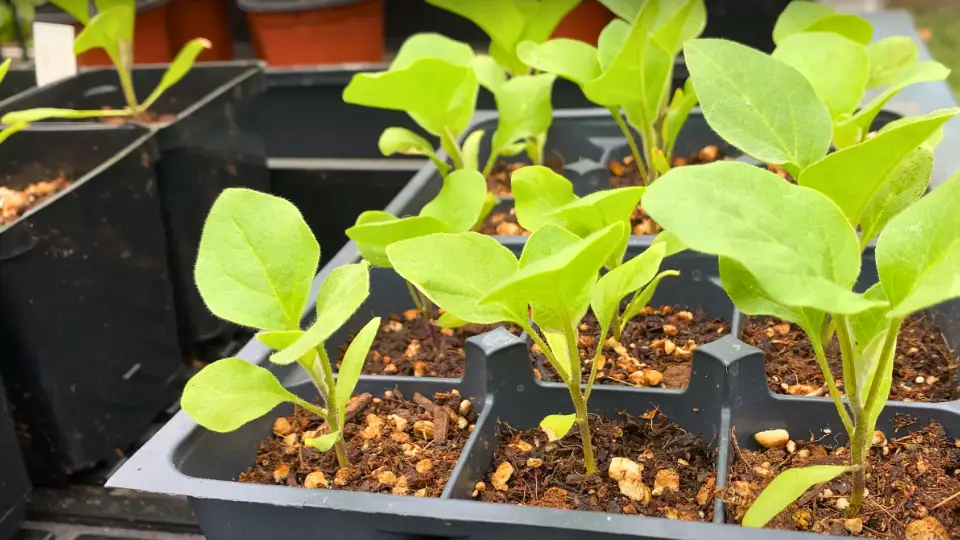
Planting In The Right Season
Plant your Black Beauty Eggplant in the right season to ensure optimal growth and yield. These plants thrive in warm weather, so it’s best to plant them after frost danger has passed and the soil temperature has reached at least 60°F (15°C). Check your local climate and plant accordingly to give your eggplants the ideal conditions to flourish.
Spacing And Depth
Proper spacing and planting depth are essential for the healthy development of Black Beauty Eggplant. Space each seedling about 24-36 inches apart, allowing enough room for the plants to spread out as they grow.
Dig a hole slightly wider and deeper than the seedling’s root ball. Place the seedling in the hole, ensuring the plant crown is leveled with the soil surface.

Mulching Your Plants
Mulching is a beneficial practice that helps retain moisture, suppress weeds, and maintain a consistent soil temperature for your Black Beauty Eggplants. After transplanting, apply a layer of organic mulch, such as straw or wood chips, around the base of the plants. This will help conserve soil moisture and create a favorable environment for growth.
By following these steps, you’ll be well on your way to a successful Black Beauty eggplant harvest. Ensure adequate water, sunlight, and nutrients for healthy growth throughout the growing season. Enjoy the satisfaction of growing your own delicious Black Beauty eggplants!
Caring For Black Beauty Eggplant Plants
Black Beauty eggplant is a popular variety known for its glossy, dark purple fruit and excellent flavor. To ensure a successful harvest, it’s essential to provide proper care to your Black Beauty Eggplant plants.
This guide will discuss the essential tasks to keep your plants healthy and productive.

Watering
Watering is crucial to the success of your Black Beauty Eggplant plants. These plants need consistent moisture to thrive.
Watering the plants deeply once a week is recommended during the growing season, providing approximately 1 to 2 inches of water. However, avoiding overwatering is essential as it can lead to root rot and other issues.
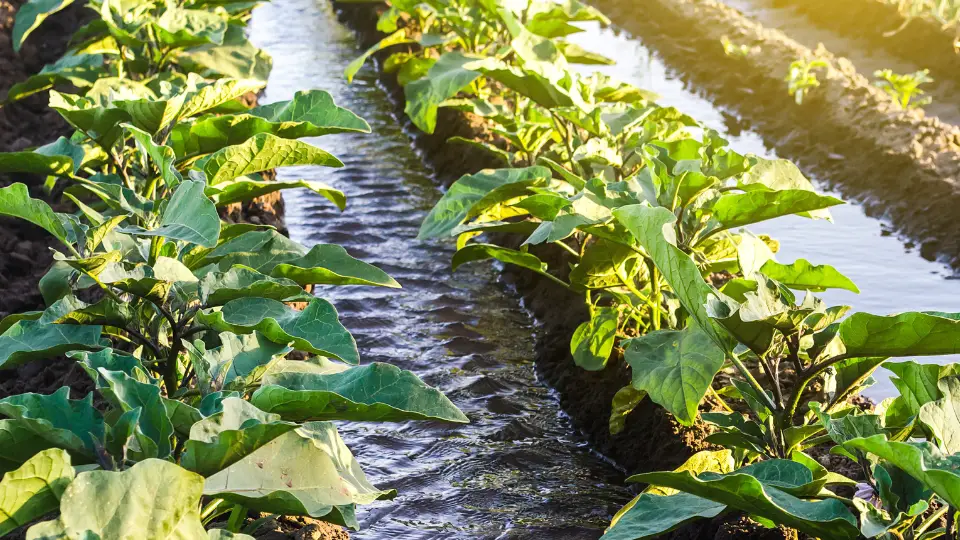
Fertilizing
Fertilizing your Black Beauty Eggplant plants will promote healthy growth and increase yield. Before planting, it’s beneficial to incorporate a balanced organic fertilizer, such as 10-10-10, into the soil.
Once the plants start producing fruit, you can apply a side dressing of compost or a low-nitrogen fertilizer every four to six weeks to provide additional nutrients.
Pruning
Pruning helps maintain the health and shape of your Black Beauty Eggplant plants. It also improves air circulation and reduces disease risk. When the plants reach a height of around 12 inches, you can pinch off the top inch or two of growth.
This will encourage bushy growth and more fruit production. Remove dead or yellowing leaves regularly to keep plants vibrant and healthy.
Managing Pests And Diseases
Black Beauty Eggplant plants can be susceptible to pests and diseases, but proper management can minimize their impact. Regularly inspect your plants for common pests like aphids, flea beetles, and tomato hornworms. Consider using organic pest control methods such as neem oil or insecticidal soap if you notice any infestations.
Preventative measures, such as applying a layer of mulch around the plants, can also help deter weeds and reduce the risk of soil-borne diseases.
Following these guidelines for caring for your Black Beauty Eggplant plants will enhance their growth, yield, and overall health. Remember to monitor the plants closely and adjust as needed for optimal results.
Harvesting Black Beauty Eggplant
Harvesting Black Beauty Eggplant ensures these delicious and nutritious vegetables have a bountiful yield. With careful care and attention, you can enjoy a successful harvest of Black Beauty Eggplants for your culinary creations.
Harvesting your Black Beauty eggplants is a rewarding experience that allows you to enjoy the fruits of your labor. Today, we focus on the essential steps to harvest these beautiful and delicious eggplants successfully.

Determining The Right Time
Timing is crucial when it comes to harvesting Black Beauty Eggplants. The key is to wait until the fruits have reached their optimal size and color. To determine if your eggplants are ready to be harvested, use the following guidelines:
- The fruit should have a glossy, dark purple skin, indicating ripeness.
- When gently pressed, the skin should not leave an indentation.
- The eggplant should feel firm but not hard to the touch.
Once your eggplants meet all these criteria, it’s time to pick them!
Harvesting Techniques
Harvesting Black Beauty Eggplants requires a gentle hand and a sharp tool. To ensure you collect your eggplants without causing any damage, follow these techniques:
- Use a clean and sharp pair of gardening shears or pruning scissors.
- Hold the eggplant with one hand, securing the stem near the fruit.
- With the other hand, carefully cut the stem around half an inch above the calyx.
- Avoid using excessive force or plucking the eggplant to prevent damage.
Remember, it’s essential to be gentle to preserve the quality and taste of your freshly harvested eggplants.
Storing And Using The Harvested Eggplants
Once you’ve harvested your Black Beauty Eggplants, it’s time to store them properly and put them to good use.
Here are some tips on storing and using your fresh harvest:
- After harvesting, gently wipe off any dirt or debris from the eggplant skin.
- Store the eggplants in a cool, dry place like a well-ventilated pantry or refrigerator.
- Wrap each eggplant separately in a paper towel or place them in a breathable container.
- Consume your eggplants within a week for the best flavor and texture.
- When it comes to using your freshly harvested eggplants, the culinary possibilities are endless. You can grill, roast, use them in stir-fries, or even make a delicious eggplant Parmesan.
Remember, the sooner you use your harvested eggplants, the better they taste!
Common Challenges And Troubleshooting
Growing Black Beauty Eggplant can be a rewarding experience, but like any plant, it can face various challenges. Understanding these common issues and learning how to troubleshoot them will help you ensure a healthy and productive yield.
This section will discuss three common challenges and their solutions: dealing with poor fruit sets, addressing yellowing leaves, and preventing blossom-end rot.
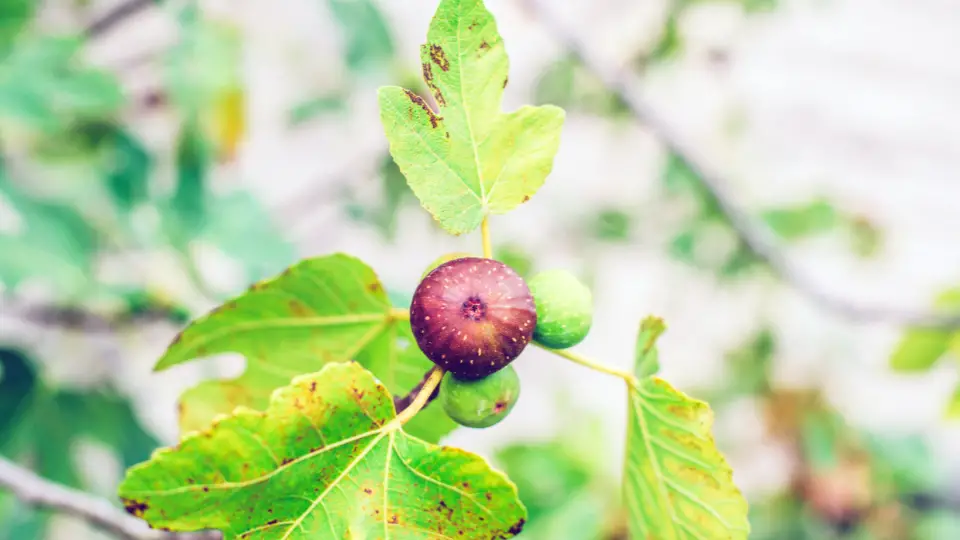
Dealing With Poor Fruit Set
Poor fruit set in Black Beauty Eggplants can be frustrating, but there are several possible reasons for this issue.
Here are some common causes:
- Lack of pollination: Eggplants are self-pollinating, but sometimes they may not receive enough pollen. To increase fruit set, gently shake the plants to help facilitate pollen transfer between the flowers.
- Temperature extremes: Both extremely high and low temperatures can affect fruit sets. Eggplants prefer temperatures between 70-85°F (21-29°C). If temperatures fall below 60°F (15°C) or climb above 95°F (35°C), consider providing some shade or using row covers to moderate the temperature.
- Nutrient deficiencies: Inadequate levels of certain nutrients, such as phosphorus or potassium, can hinder fruit set. Ensure your plants receive balanced fertilization, and consider adding organic matter, like compost or aged manure, to improve soil fertility.
Addressing Yellowing Leaves
Yellowing leaves can be a sign of various issues in Black Beauty Eggplants. Here are a few common reasons why the leaves may turn yellow:
- Nutrient deficiencies: Yellowing leaves could indicate a lack of essential nutrients, such as nitrogen or iron. Conduct a soil test to identify any deficiencies and adjust your fertilization accordingly.
- Overwatering or underwatering: Improper watering practices can also lead to yellowing leaves. Make sure the soil is consistently moist but not waterlogged, and consider using mulch to retain moisture.
- Pests or diseases: Certain pests, like aphids or spider mites, can cause leaves to turn yellow. Regularly inspect your plants for signs of infestation, and take appropriate measures to control pests.
Preventing Blossom-end Rot
Blossom-end rot is a common problem in Black Beauty Eggplants, causing dark, sunken areas at the blossom end of the fruit. Here’s how you can prevent it:
- Ensure consistent watering: Inconsistent watering can contribute to blossom-end rot. Avoid drought stress by keeping the soil moist, especially during hot and dry periods.
- Maintain proper calcium levels: Calcium deficiency can lead to blossom-end rot. Incorporate calcium-rich amendments into the soil, such as gypsum or crushed eggshells, to provide a sufficient supply of calcium.
- Avoid excessive nitrogen: Overly high nitrogen levels can interfere with calcium uptake, making plants more susceptible to blossom-end rot. Choose a balanced fertilizer and avoid excessive nitrogen application.
Frequently Asked Questions On Black Beauty Eggplant Yield
How Many Eggplants Does A Black Beauty Plant Produce?
A black beauty plant can produce multiple eggplants during its growing season, but the exact number may vary.
How Much Yield From One Eggplant?
On average, you can expect to yield one eggplant per plant.
How Do I Know When My Black Beauty Eggplant Is Ready To Harvest?
Harvest black beauty eggplant when it reaches a shiny, deep purple color and is firm to the touch. Check the size; they should be about 6-8 inches long. Cut the fruit from the stem using sharp scissors or pruners.
Harvesting too early results in underdeveloped flavor and texture.
Conclusion
The Black Beauty Eggplant offers a bountiful yield and is valuable to any vegetable garden. Its stunning dark purple color and versatile culinary uses make it popular among home gardeners and chefs. You can enjoy a plentiful harvest of these delicious and nutritious eggplants with proper care and attention.
So, don’t hesitate to try them in your garden this season. Happy gardening!
Video Source: https://www.youtube.com/watch?v=hpZJnQqXcBQ&t=1s

